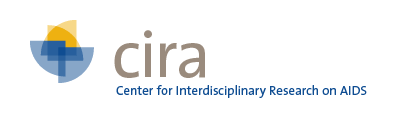| Abstract | Buprenorphine and buprenorphine/naloxone (BUP) are newly approved for office-based treatment of opioid dependence. Federal and non-federal regulatory and monitoring agencies, national and international researchers, national professional organizations, researchers involved in monitoring, opioid treatment programs and the pharmaceutical industry met to synthesize and disseminate practical information to guide training, practice, monitoring, regulation and evaluation efforts with these medications. We performed a review of the literature, training curricula and practice guidelines and commissioned manuscripts describing recently completed, or still in progress, studies or field experiences with BUP treatment. A consensus process generated fifteen statements: (1) The federal government should collect baseline data on opioid-related deaths and morbidity to assess the effect of BUP on public health, (2) the patient limit for group practices should apply to individual physicians rather than group practices, (3 and 4) telephone and Internet-based physician and pharmacist support is needed, (5) clinicians who provide psychosocial services to opioid dependent patients should be informed of the role of BUP, (6) opioid-dependent patients should be instructed to present for induction in mild withdrawal, (7) the existing Center for Substance Abuse Treatment guidelines provide a reasonable induction protocol, (8) physicians should be prepared to use ancillary medications with BUP induction, (9) a physician or nurse must be available to the patient during the induction period, (10) concurrent counseling and support services are necessary, (11) detoxification without appropriate followup addiction treatment leads to rapid relapse and is not as effective as maintenance, (12) pregnant opioid-dependent women should be treated using good clinical practice including specialist addiction care and prenatal care, (13) BUP induction and withdrawal treatment may benefit from different designations for payment, (14) take-home medication options should be tailored to patients' needs, (15) there is a need for clinical and policy research in unique patient populations. |


